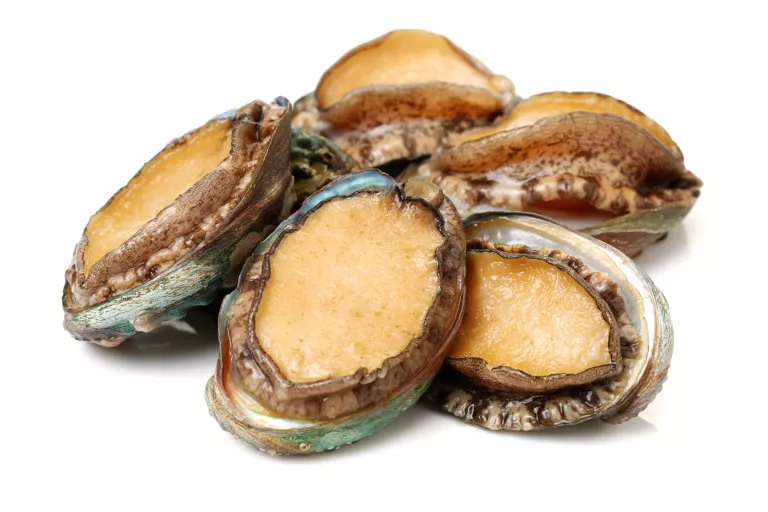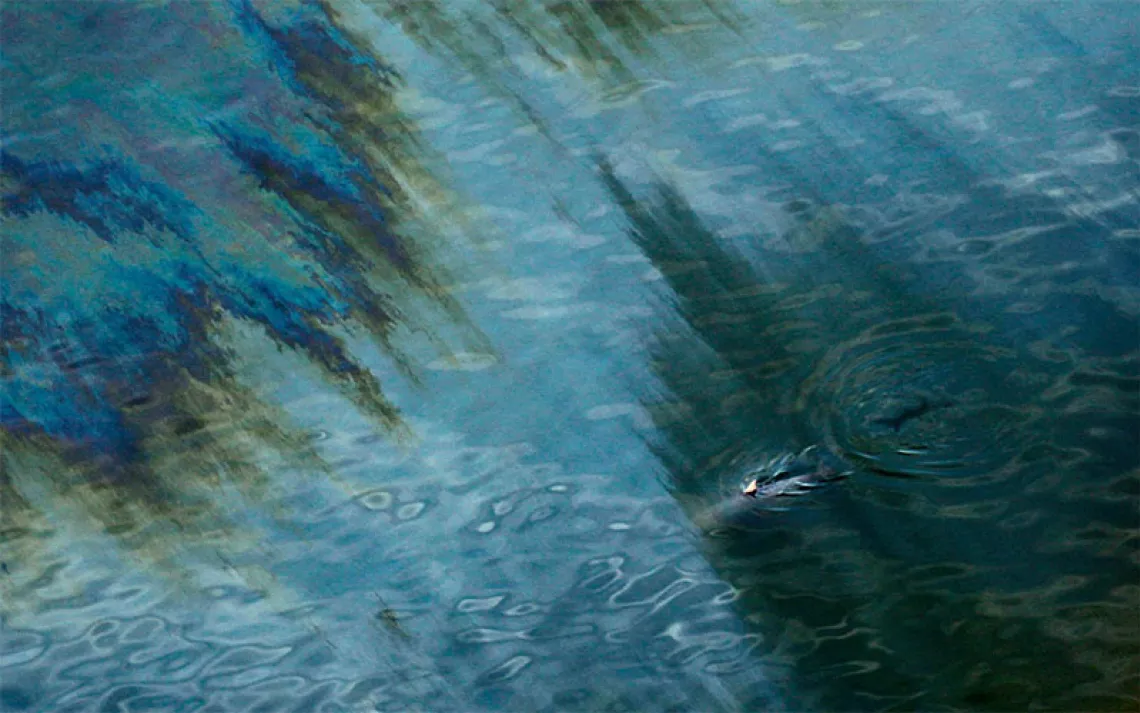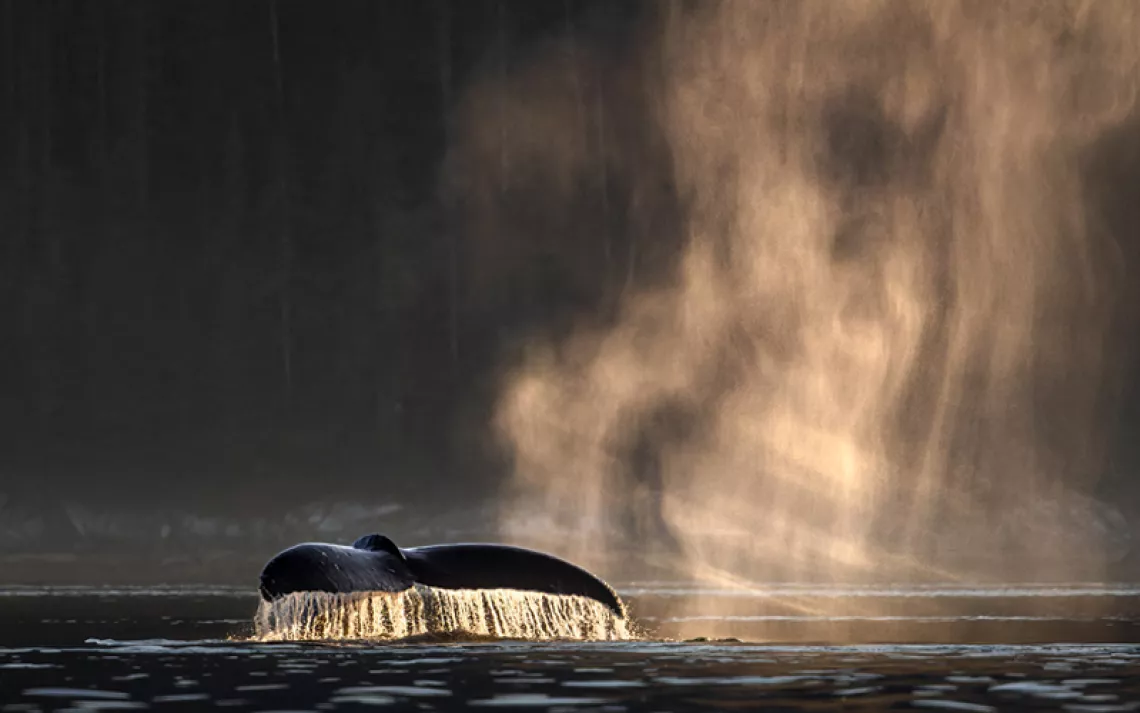Abalone: Pan-Fried to Extinction
Pity the poor abalone, too tasty for its own good

When I first moved to San Diego in the 1970s, you could free dive for abalone in the kelp beds off Point Loma. Pounded, trimmed, seasoned, and pan-fried, it was an extraordinarily tasty mollusk; consequently our cliffside house was littered with the distinctive mother-of-pearl shells of this sea snail. Abalone seemed as basic a part of the California scene as surf and avocados, like the bayou crawfish of Louisiana or the cove lobster of Maine. Their shell imprints and shards have been found in 60-million-year-old Pacific coast rock formations and 10,000-year-old middens and shellmounds left by coastal Indians.
Today, wild red, green, pink, and black abalone are in sharp decline in West Coast waters, and the white abalone, a particularly delicious deep-water variant, is headed for the federal endangered species list-a victim of biological ignorance and global market pressures. Commercial abalone diving has been banned in most of California, but with red abalone selling for around $50 each and a white abalone dinner going for around $450 in Hong Kong, poaching rings thrive. In 1972, the peak year of legal harvest, divers collected 143,000 pounds of white abalone in California. When two scientists in a submersible surveyed the state's central coast in the late 1990s, they spotted only five in 150 hours of searching.
Conventional fishery wisdom has always been that fecund seafood species like shrimp or abalone were safe from extinction because they produce so many eggs. The problem is the biological reality that abalone tend not to move once they've found a home. Unless there's another abalone of the opposite sex within a yard, they can puff all the eggs or sperm they want into the water but they aren't going to produce any larvae. As illegal divers working for the Asian export market continue to thin abalone populations, the survivors are dying off as old maids and bachelors. Most of the estimated 2,000 or fewer white abalone still to be found in 100- to 200-foot-deep waters off California and Baja California, Mexico, are thought to have been born back in the late 1960s and early '70s. (Abalone have been known to live as long as 50 years.)
In 1998, a single white female named Abigail was put in a tank at the University of California, Santa Barbara. The hope was that with her millions of eggs she could produce brood stock in captivity that, like California condors, might eventually be returned to the wild. Unfortunately, by the time a male, Abner, was found, Abigail had died.
That experiment failed, but other species are now being grown and marketed through abalone farms, which gives hope for the future success of a white abalone breeding program. And unlike salmon farming, which adds harmful levels of nutrients and waste to coastal waters (see "Old MacDonald Had a Fish," January/February 2000), the farming of sea snails and other mollusks can be beneficial to the marine environment, as shellfish actually process huge amounts of water, removing excess nutrients from the water column. Be aware, however, that most farmed abalone are bite-size critters; some larger abalone are imported from Australia and New Zealand, but if a restaurant offers abalone steak, it's probably illegal.
While diners reluctantly consign memories of unctuous abalone steaks to the irretrievable past, the task at hand is preserving an ancient species from total annihilation. "We have a small window of opportunity with the white abalone," says National Park Service marine science advisor Gary Davis, who conducted some of the sub surveys. Over the next ten years, he says, there is still a chance to rebuild populations. But without a major commitment of time, money, and resources, white abalone could also become the first seafood species to be driven to total biological extinction by human appetites.
 The Magazine of The Sierra Club
The Magazine of The Sierra Club



